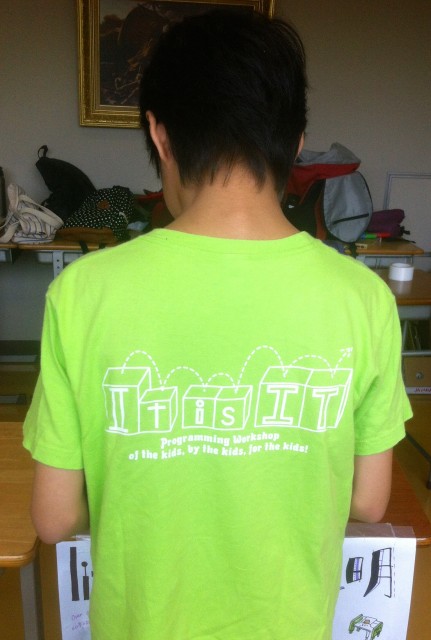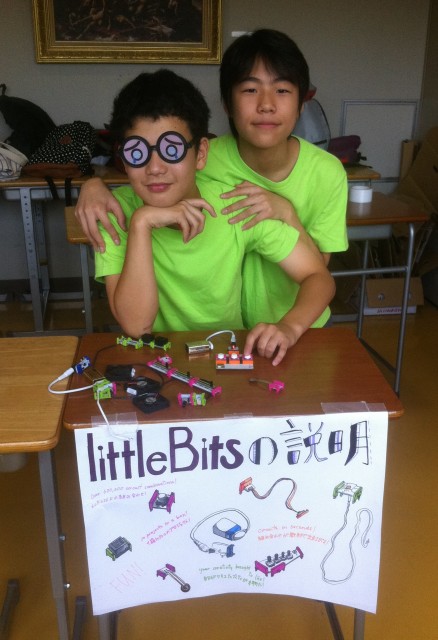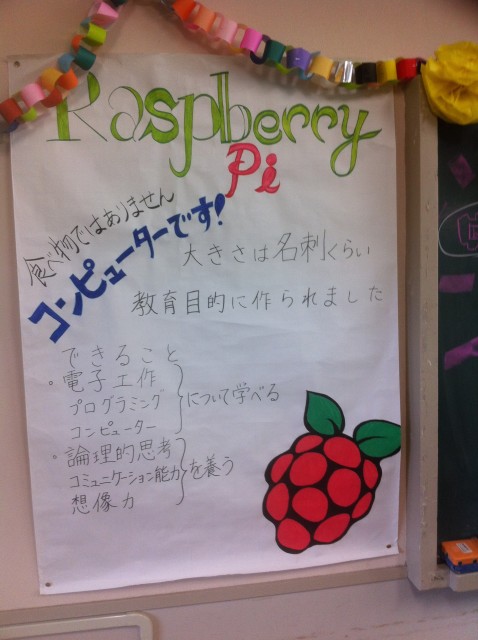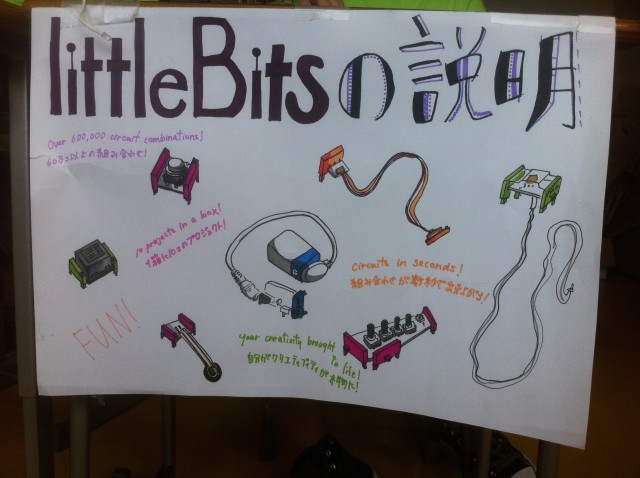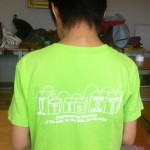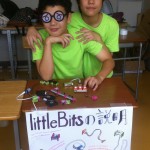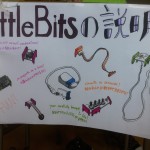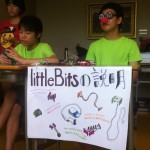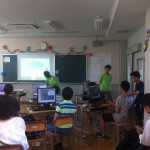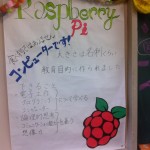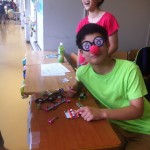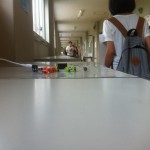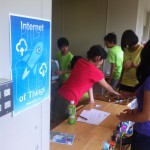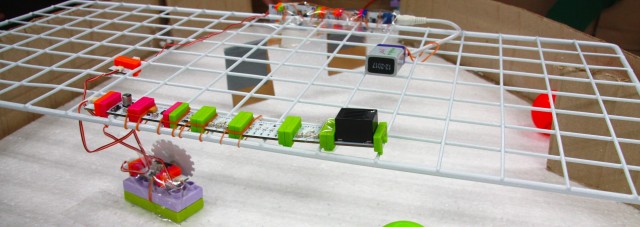After many years as a part time teacher, I’ve recently moved to a full time position.
As part of this move I’ve found myself in a very low edtech environment with not a lot of funds allocated to changing that.
As I plan my lessons for the year, I decided to not focus on what’s missing but on what I can do with creativity as my main currency.
I doubt I’m the first to use this, but I’m starting from Scratch. It’s free and works on the sluggish pcs that I’ll have to work with.
Also looking at some cheaper micro PCs as well as the new Raspi Zero is only 5$. Not sure if that is the right tool for us right now, but happy to start thinking about easy entry projects.
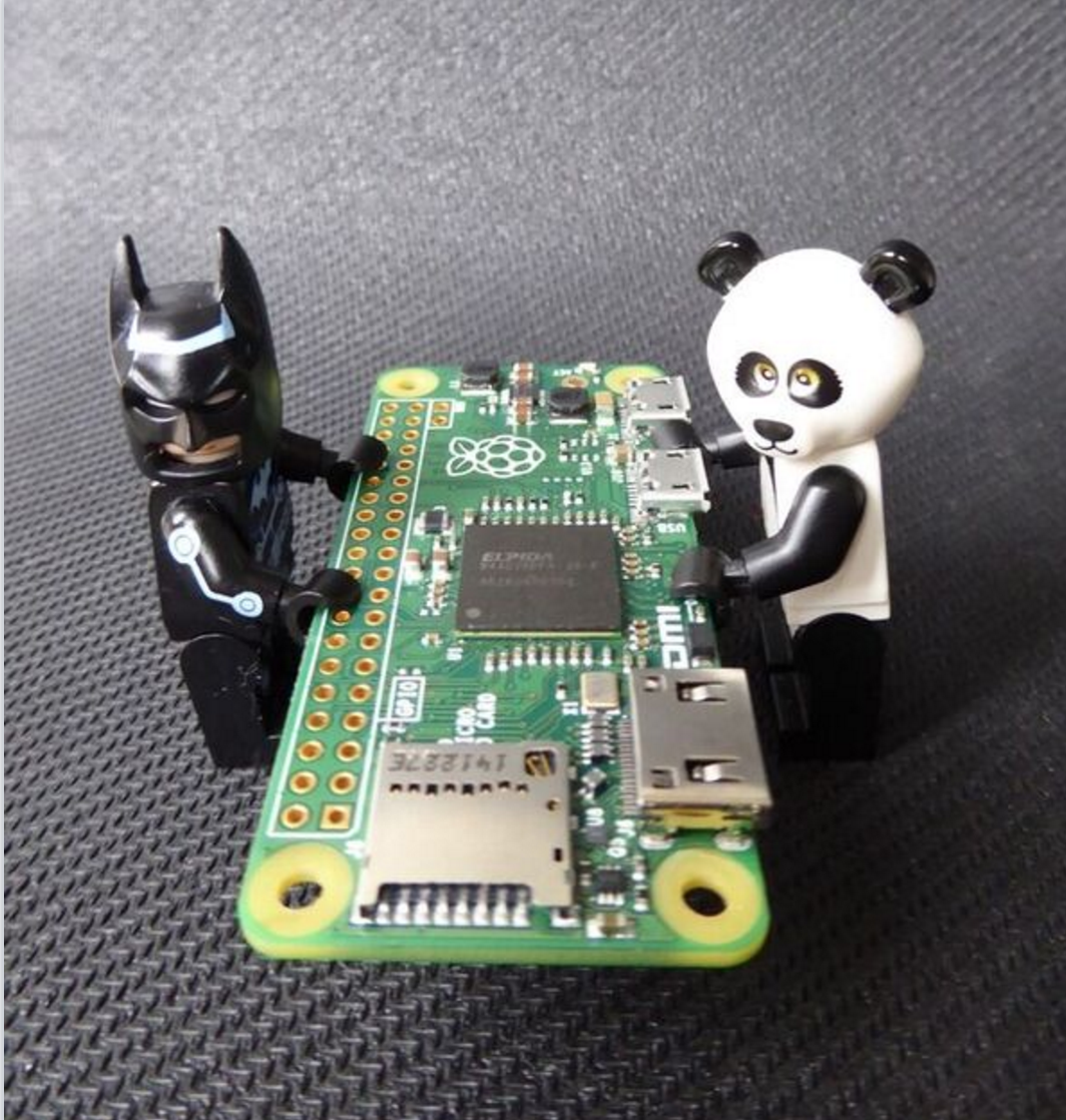
from https://www.raspberrypi.org/blog/did-you-get-a-raspberry-pi-zero/
I’ve also stock piled some great cardboard….just need the right design challenge.
